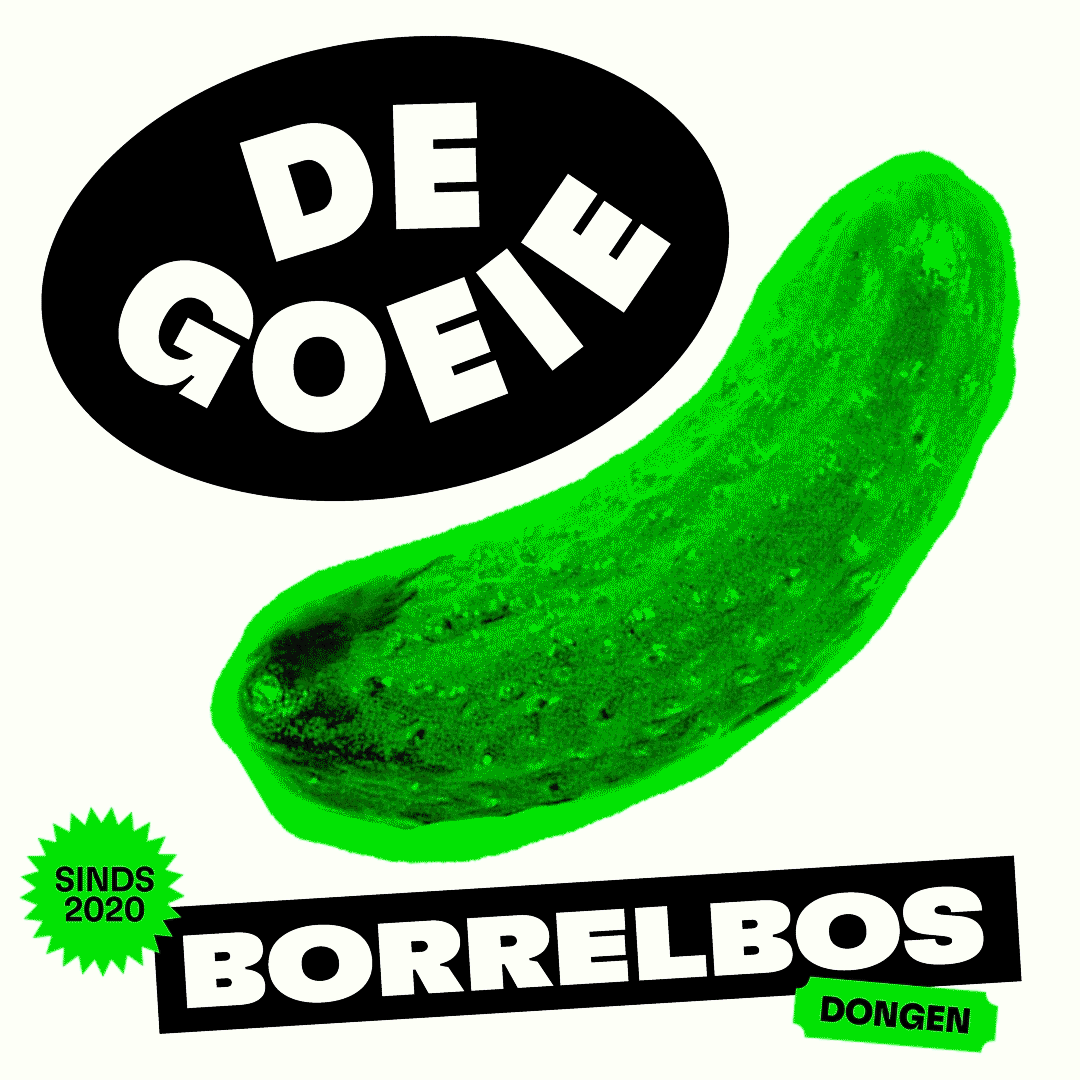Making (S)oil Sexy
A step-by-step manual to regenerative olive farming
The problem
Olive oil is one of the most widely used types of oil in cooking and cosmetics. The ever increasing demand for olive oil has intensified the olive industry, with as a result a more intensive type of olive farming. This includes the use of chemical fertilisers and pesticides, aggressive weed control practices, rigorous soil management, increased tree density, mechanisation of harvesting and abuse of water for irrigation. The result is monoculture landscapes, with lots of olive trees but very little nature. These unbalanced systems cause negative environmental impacts, like soil erosion, surface runoff, loss of soil fertility, degradation of habitats and landscapes, the overexploitation of scarce and vulnerable water resources and the release of greenhouse gases.

The opportunity
In the mediterranean, (small-scale) farmers leave their farms after retirement, and their offspring is often not interested in continuing with the farming practices. This leads to the forecast that by 2030, 60% of Spanish farmers will have retired, and their practices not taken over. Instead, the farms are bought by (retired) foreigners and/or young couples that want to swap the city life for the country, sometimes only during weekends and summers. These people do not buy the farm to become olive farmers, but for a more comfortable and spacious life. And here lies an opportunity to transform these unhealthy, intensified olive groves to lively, carbon-storing ecosystems.

The idea
These ‘new generation farmers’ do not have to switch their farming practices, as they are new to farming. Therefore I am creating a manual that guides them step-by-step through the farming practices of an olive grove that creates both sexy oil and soil, by applying farming practices that restore the ecosystem and thereby improve biodiversity, resilience against diseases, carbon storage and other ecosystem services.
The manual takes the farmer along the basics of regenerative olive farming, practical tips on closing the nutrient cycle, how to biological prevent/treat the most common diseases, suitable in-between/cover crops, and lists in a calendar which practices should be done when.
This is a work-in-progress. A first draft of the manual is expected in 2023.






